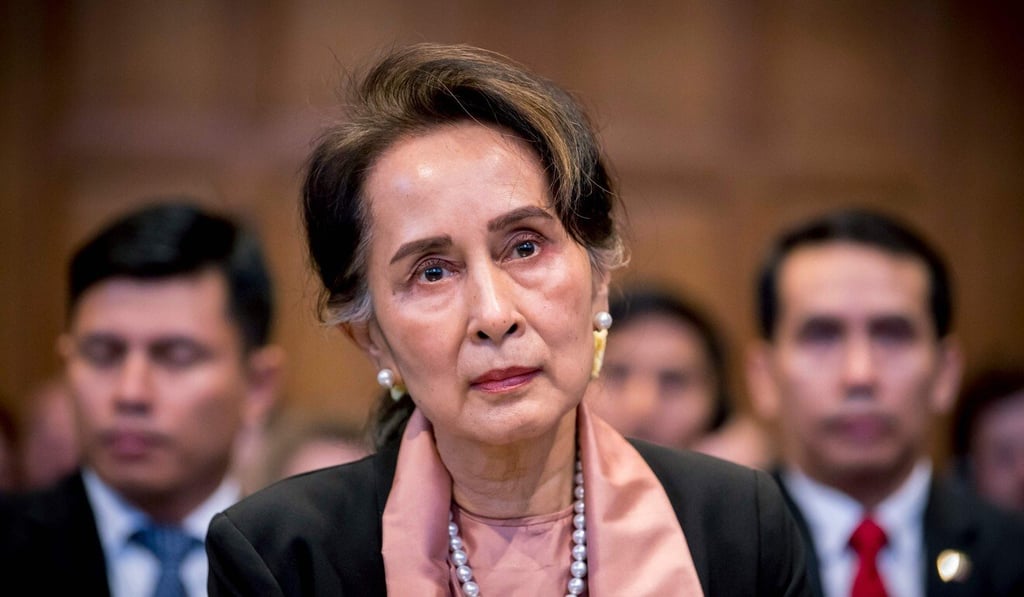Opinion | The inside story of Myanmar’s troubled transition to democracy
- Lieutenant Colonel Ye Htut charts the end of military rule in Myanmar, as well as the internal power struggles that undermined it
- When General Than Shwe retired in 2011, he named Thein Sein as his successor, placing him on a collision course with Shwe Mann

Ye Htut provides rich detail on the interplay between the president’s office, the military’s Union Solidarity and Development Party (USDP) and the civilian National League for Democracy (NLD). His book profiles the main actors, their motivations and the frictions between the legislature and the president during the troubled passage to civilian power-sharing.
The book does not dwell on the painful mass uprisings of 1988, or why the junta allowed the transition in the first place. Nevertheless, writing a tell-all book is a brave errand when many powerful players remain alive and involved in politics.

FROM MILITARY RULE
The uprising propelled Suu Kyi’s status as a national democracy icon. The people rallied around her for deliverance from the military.